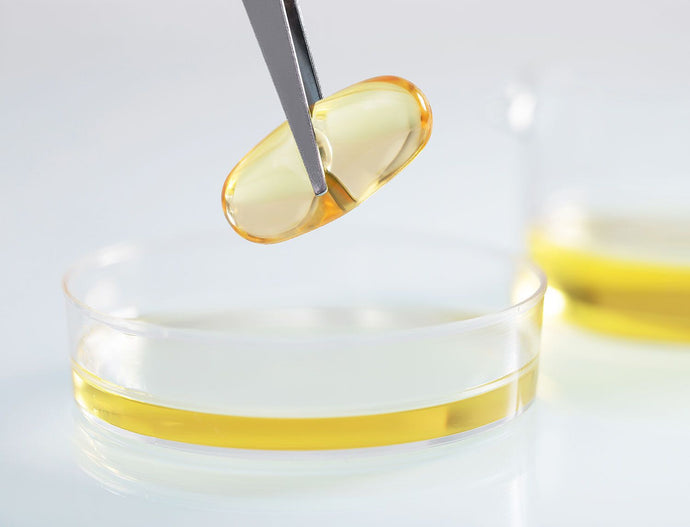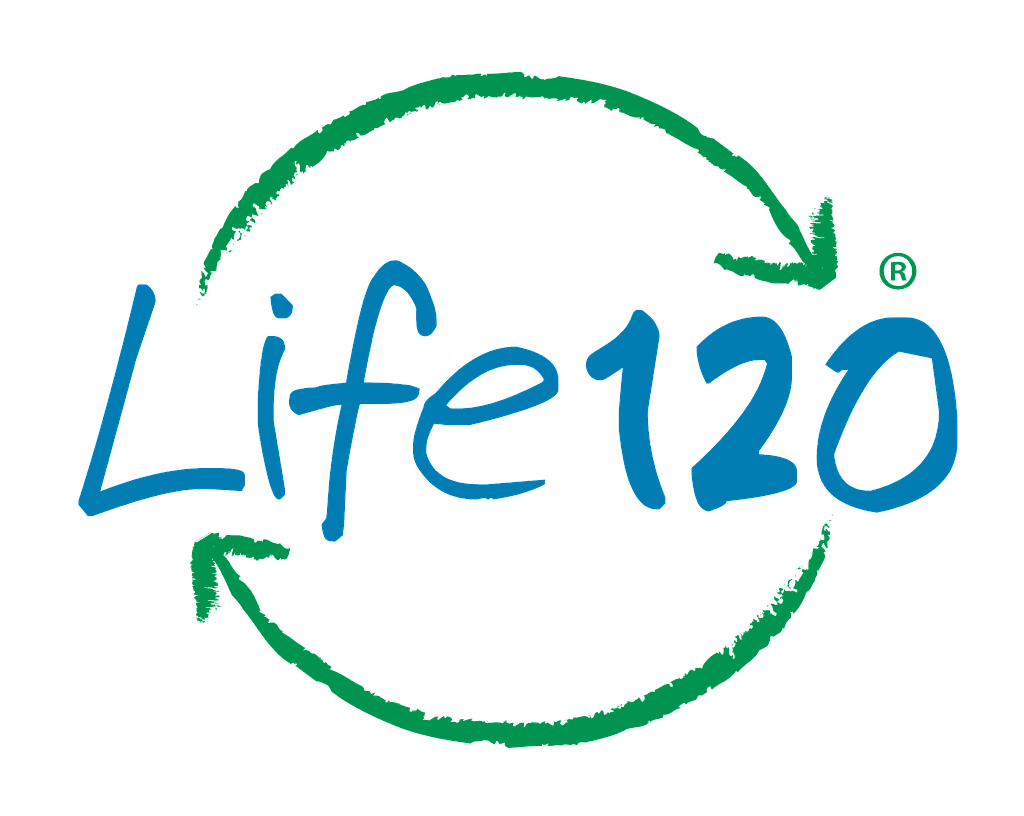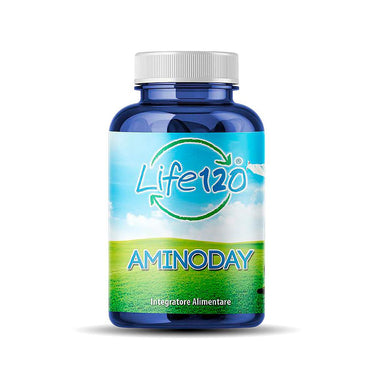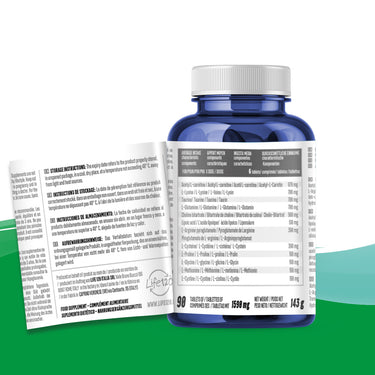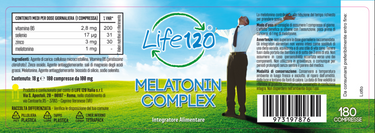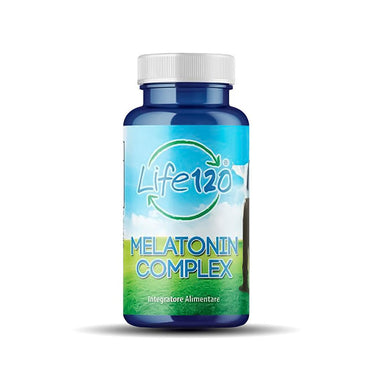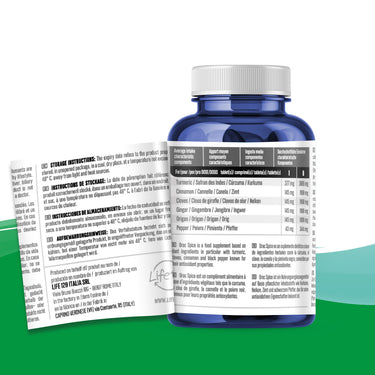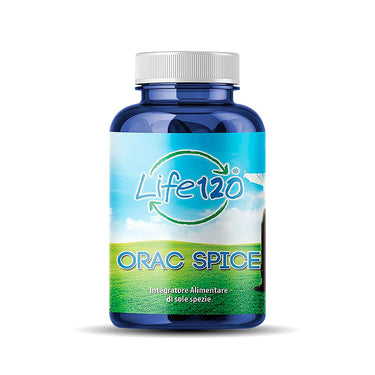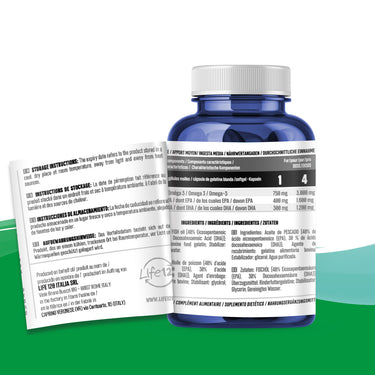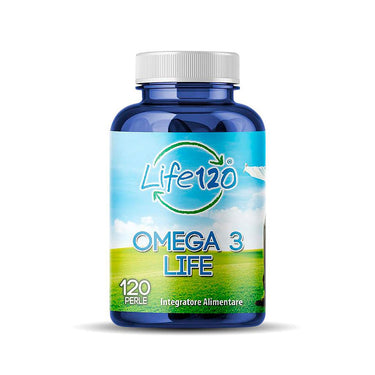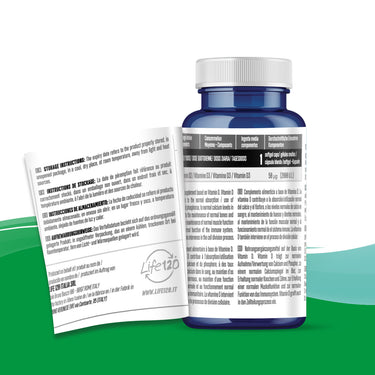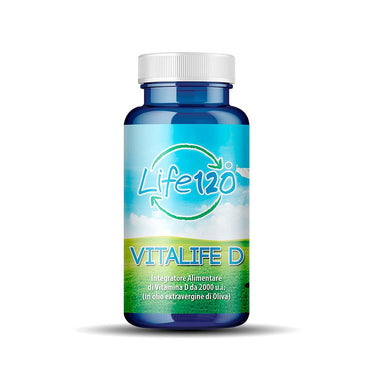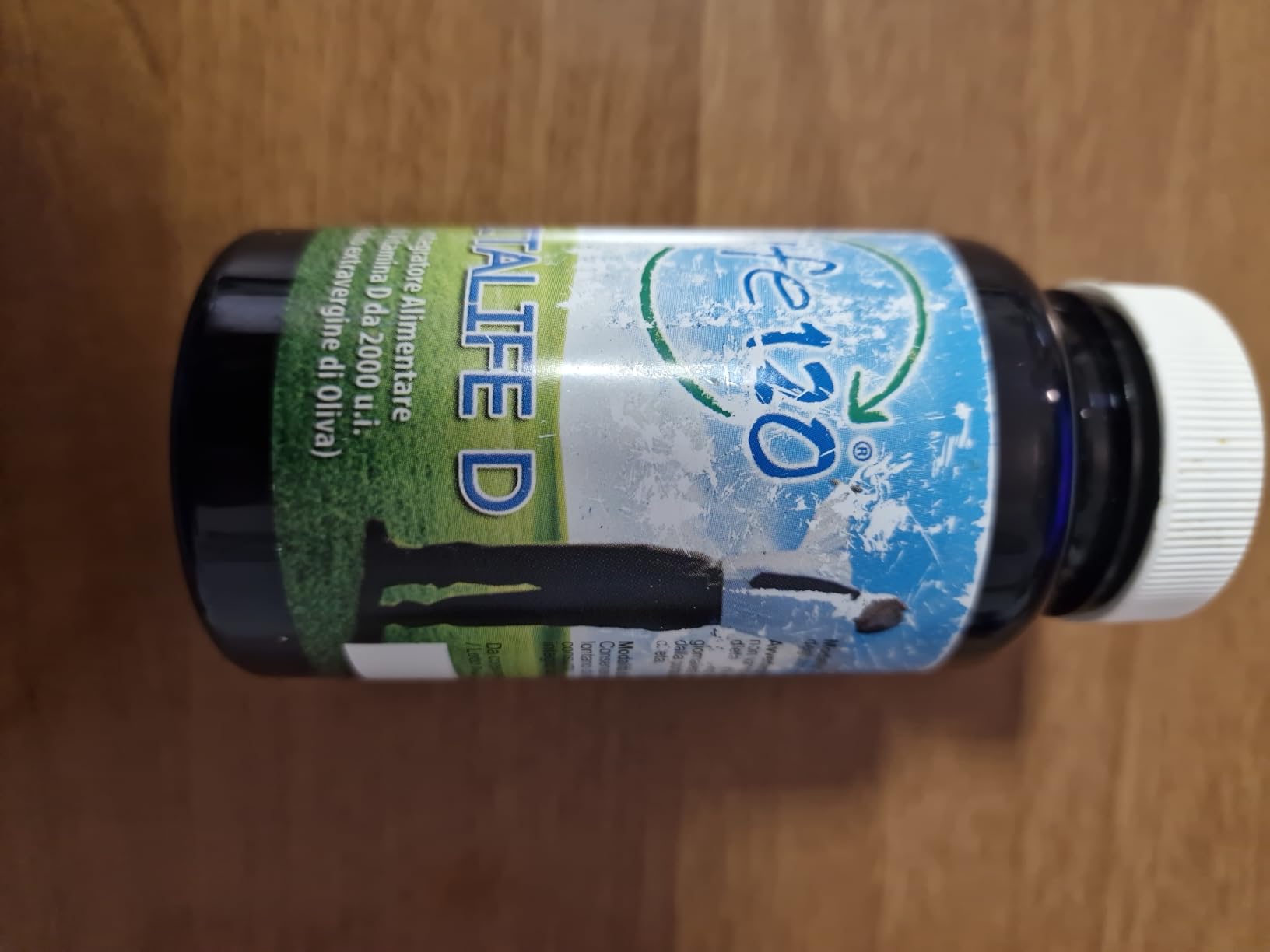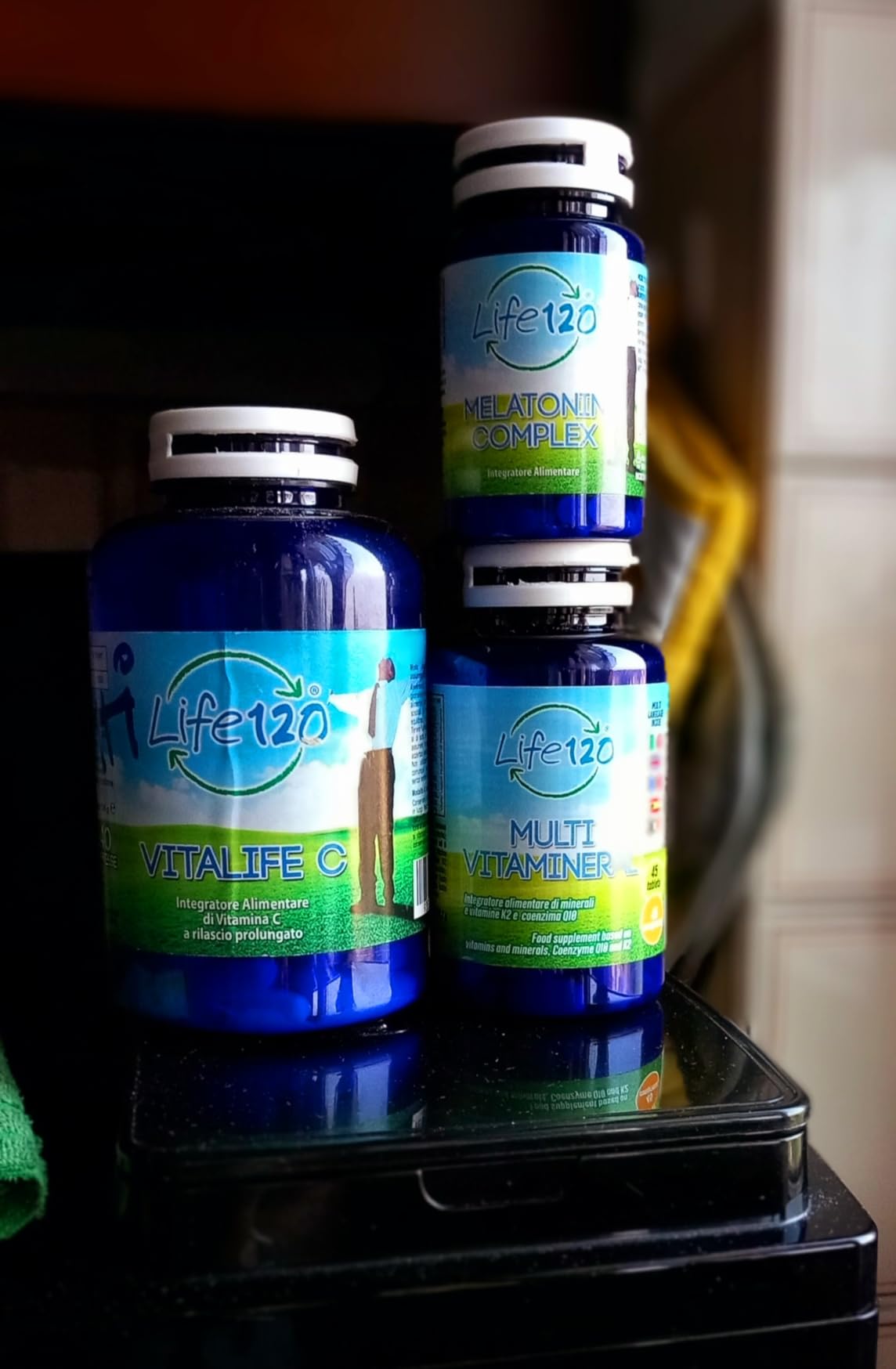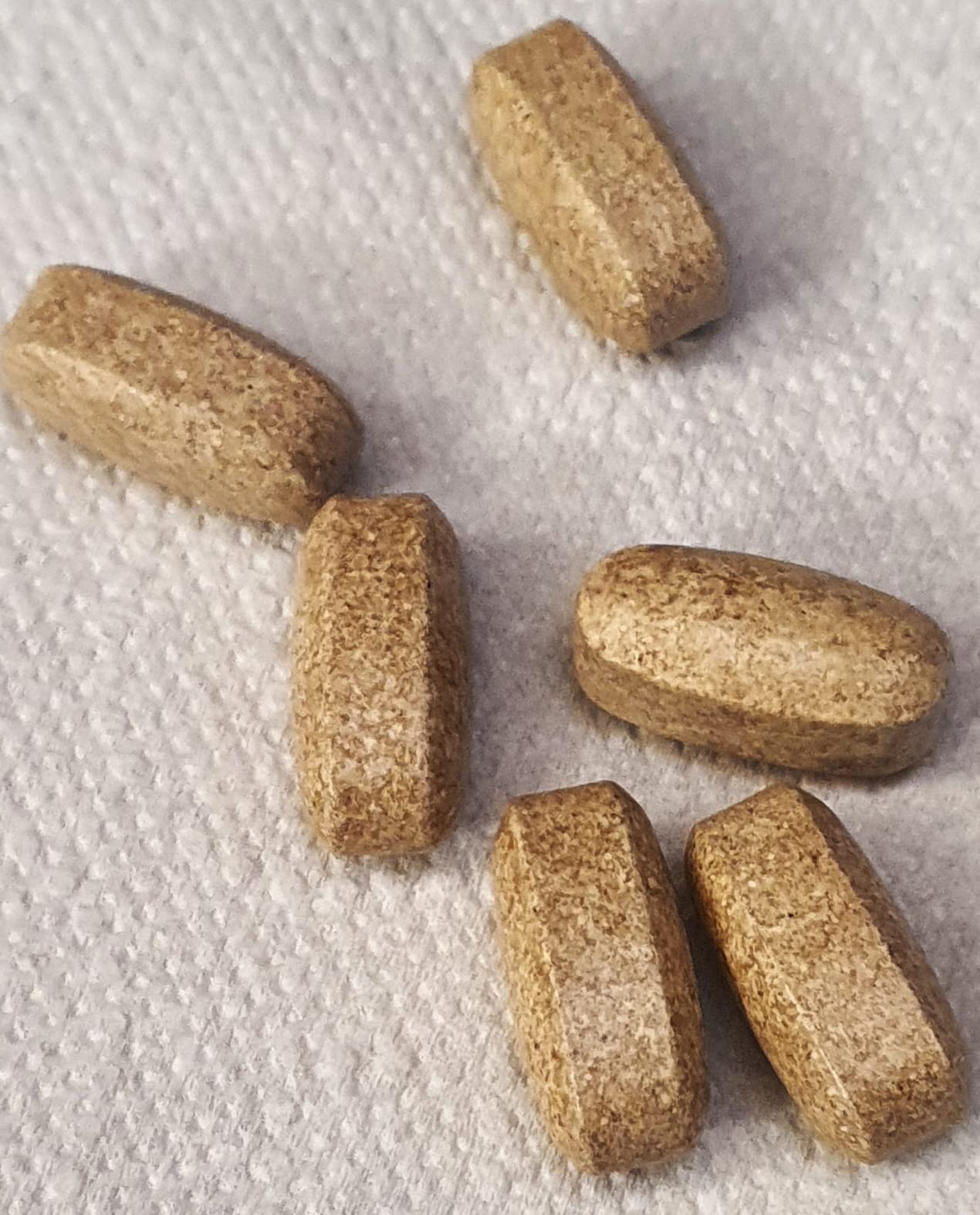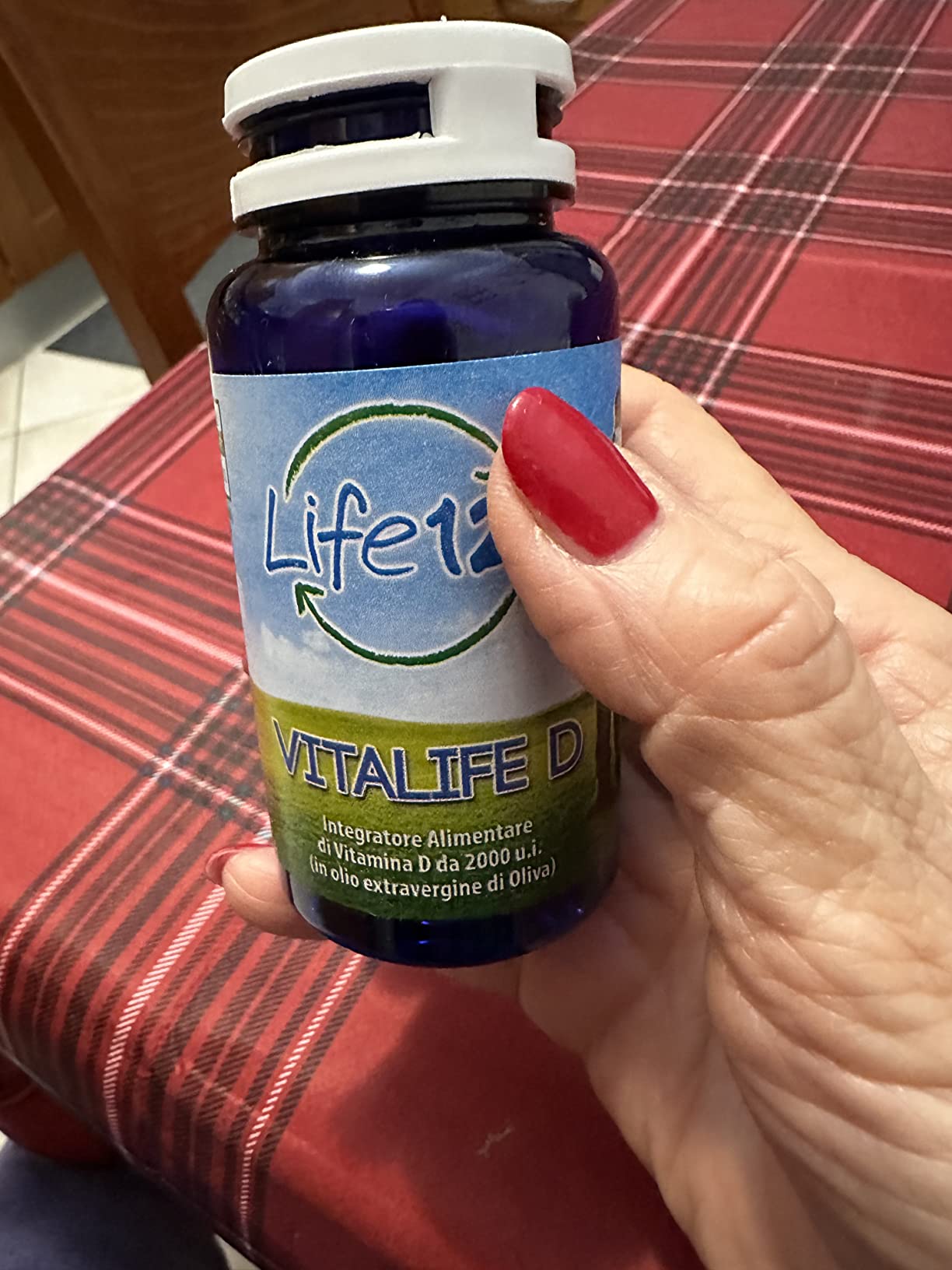In each daily dose there are:
- 978 mg dil-acetyl carnitine: its best known function is to transport fatty acids within the mitochondria, where they are converted into energy. It has a protective action on the brain and would seem to stimulate the liberation of different hormones, including testosterone. It is currently used as an antioxidant in the cardiological, neurological and anti -aging field.
- 786 mg Dil-Lisina: it is a precursor of carnitine, it creates a situation in favor of the greater production of GH with an important improvement in strength and sporty performance. Thanks to its immuno-sustainer activity, it helps prevent overTraining syndrome that affects many athletes subjected to particularly intense training regimes. It is also important in the synthesis of collagen and in the mineralization of bones, contributing to the fixation of calcium and thus limiting the loss of the bone matrix.
-786 mg of l-taurine: it has an anti-fatic action, contributing significantly to increasing energy. It protects from oxidative damage induced by the presence of free radicals. The taurine regulates muscle contraction through the increase in the availability of calcium in the sarcoplasmic lattice. It also favors the entry of glucose and amino acids inside the cells thus encouraging both energy and protein synthesis.
- 786 mg of L-Glutamine: promotes the entry of water, amino acids and other substances within the muscle cells thus favoring an increase in volume and hypertrophy. It also promotes the liberation of GH (growth hormone), protein synthesis and hinders catabolism (muscle loss).
The brain is a glutamic acid user, which is used as a neurotransmitter in the central nervous system. Glutammous acid cannot pass the blood-toy barrier to go from the blood to the brain while the L-Glutamine is able to pass very quickly. For this reason, the integration of L-Glutamine is used which is transformed directly from the brain into GABA (inhibitory neurotransmitter that blocks the sending of messages between the cells) or in glutamic acid (excitatory neurotransmitter that stimulates the passage of messages between the cells) and/or, depending on the needs, used as a source of energy.
Gaba and glutamate act as "on" and "off" by working in opposite ways: the delicate balance between the inhibitory effects of the Gaba and the exciting ones of glutamate is the basis for having a correctly functional brain.
- 588 mg of Bitartered choline: in this form (blatantly) it is more bioavailable. The choline is linked to acetic acid and turns into acetylcholine, a very important neurotransmitter for the nervous and peripheral system: a substantial drop in acetylcholine is found in patients with senile dementia and alzheimer's disease (cognitive decline). It is involved in the metabolism of fats and plays a protective role against the liver.
- 510 mg of alpha lipoic acid: it is defined as an insulin-simile action element as the action of insulin is mimic by virtue of its ability to quickly transfer amino acids and creatine inside muscle cells thus enhancing muscle anabolism (growth). It also keeps the level of blood sugar under control and increases the absorption of glucose. It has an antioxidant action by protecting the tissues from excessive damage from free radicals.
It is used to increase the energy produced by the mitochondria through the greater oxidation of fats.
- 390 mg dil-arginine piroglutamato: it promotes nitric oxide production, it improves vascularization by increasing the intake of oxygen to the muscles and brain (greater physical and mental reactivity).Positive effects on athletic performance and also on recovery after very intense training are obtained. Increases the energy thrust and optimizes the hormonal response to training stresses, favoring the increase in muscle mass. Arginine supplementation contributes to the increase in the secretion of GH and this activity is more appreciable in elderly, sarcopenic and defensive subjects.
- 390 mg dil-cysteine: it is a precursor of the synthesis of glutathione, the most powerful antioxidant of the human body which allows to increase the level of endurance of the physical exercise, minimizing the oxidative damage induced by free radicals produced during training. It is also a fundamental constituent of the hair structure (where he repairs any structural injuries, slowing down his fall).
- 198 mg of L-Prolina: together with lysine, it is the most important amino acid for tendons and joints. The particular chemical characteristics of the proline give conformational rigidity and stability to the proteins in which it is incorporated (among these the collagen).
- 198 mg diglicin: promotes mitochondrial functionality and fibroblasts by safeguarding the synthesis of collagen and elastin. It protects the cells of the nervous system, also improving the quality of sleep (fundamental to allow the repair of tissues after physical effort and to increase muscle tone). Glycine shows a adjuvant in therapy for obesity, increases brain levels of serotonin and reduces muscle contractions during sleep.
- 198 mg of L-Metionine: being a precursor and activator of keratin synthesis, it has a stimulating action on the length, diameter and hair density by contrasting its loss. Take part in the synthesis of carnitine and melatonin. It contributes to the synthesis of the creatine used in the muscles to ring the stocks of ATP (energy) during the first seconds of muscle contraction.
- 198 mg of L-Cystin: together with the methionine, it is a fundamental amino acid for the synthesis of keratin, an important protein for the structuring of nails, hair and hair. Cistina is one of the amino acids of glutathione, the most important cellular antioxidant.















